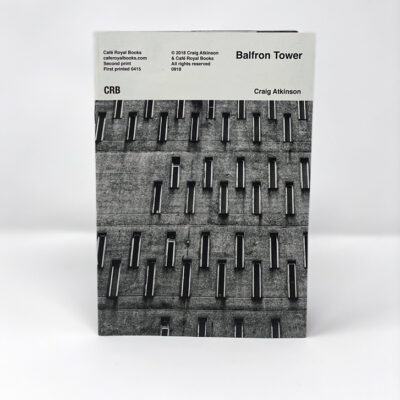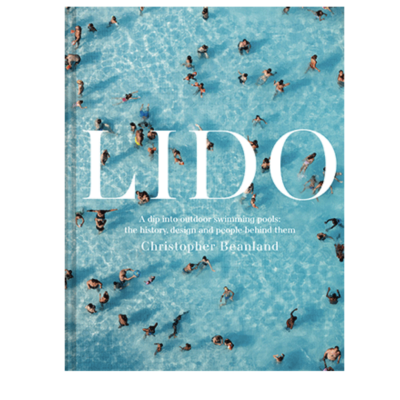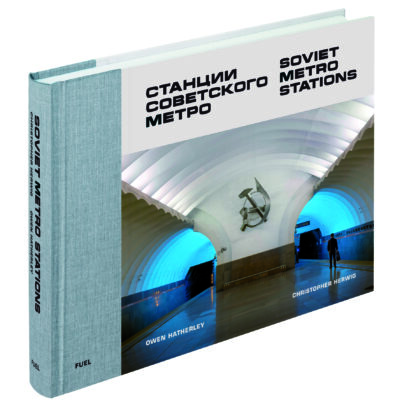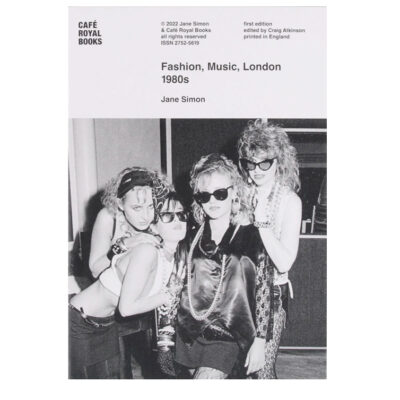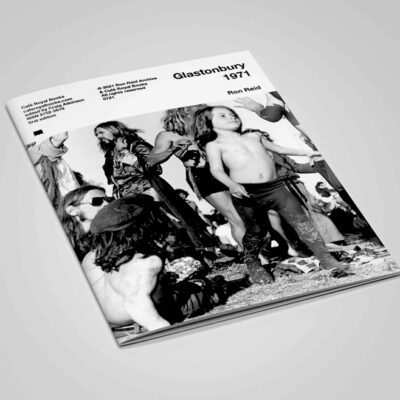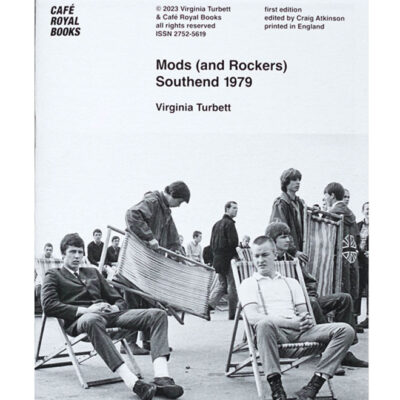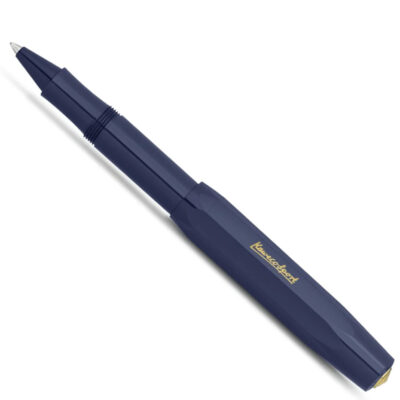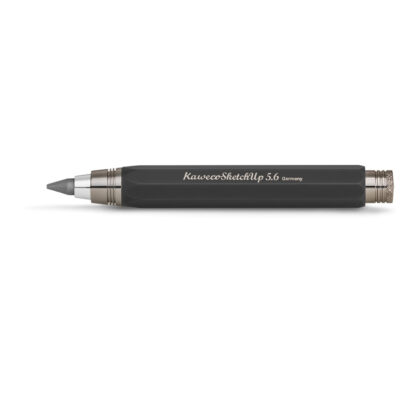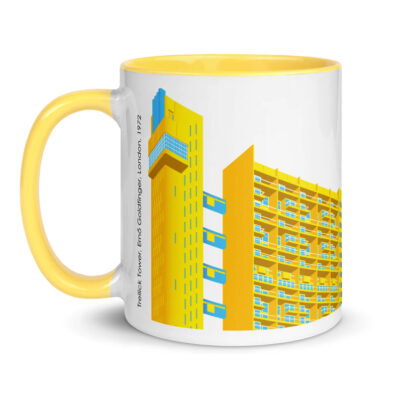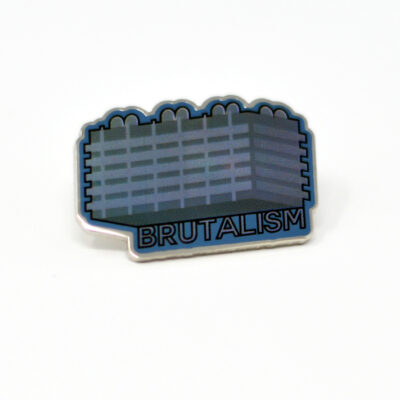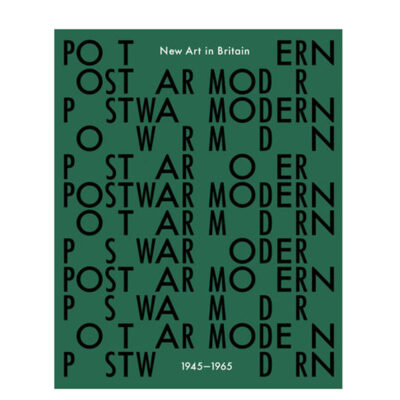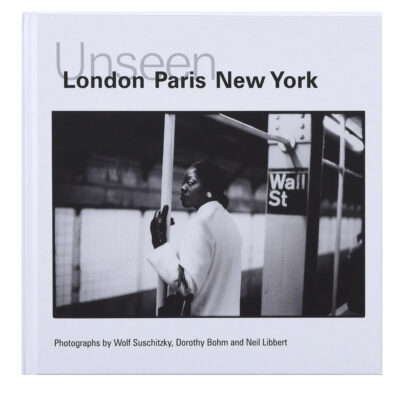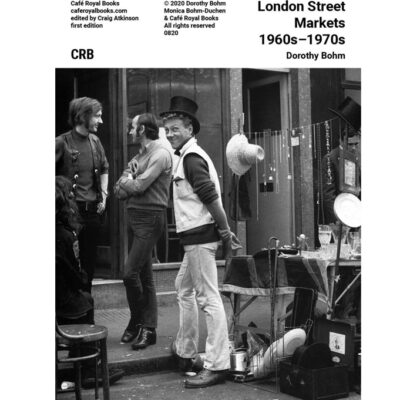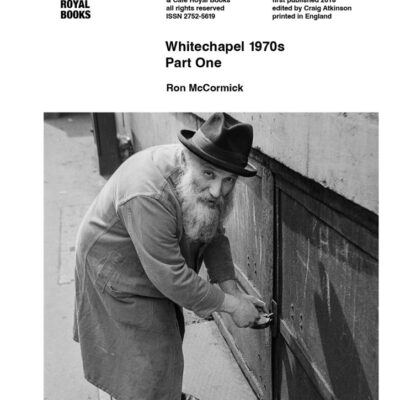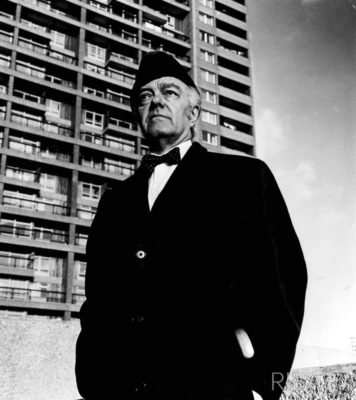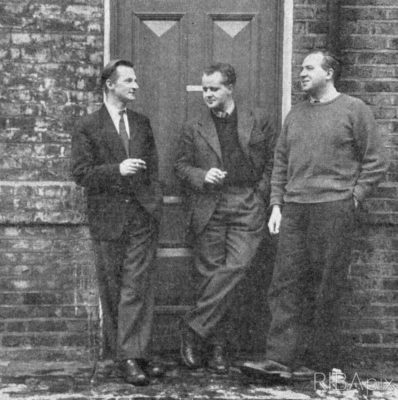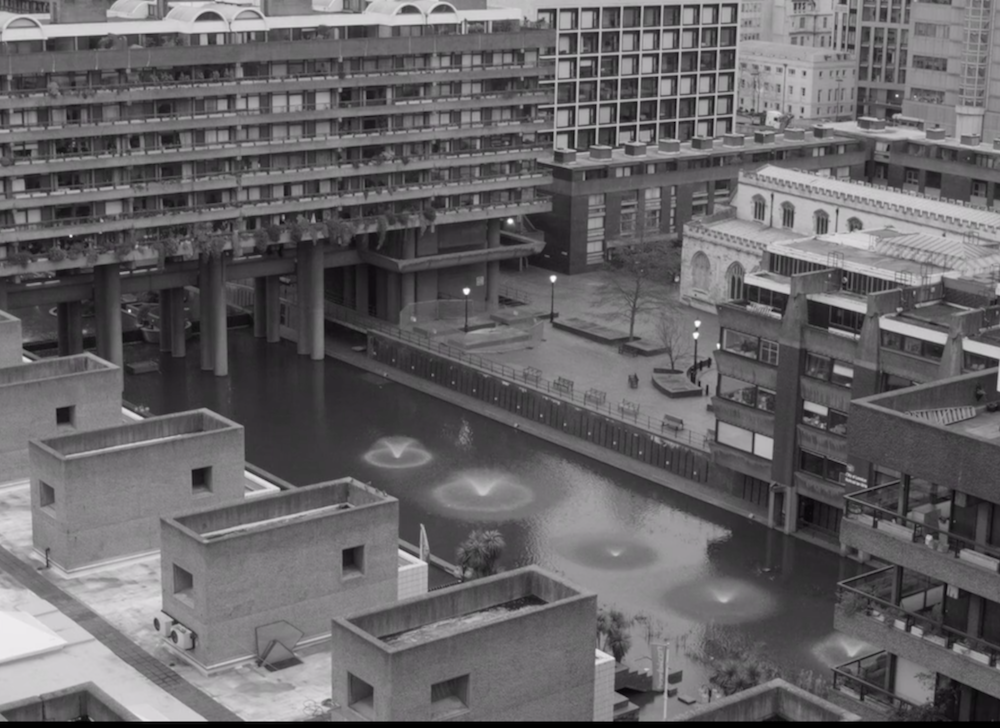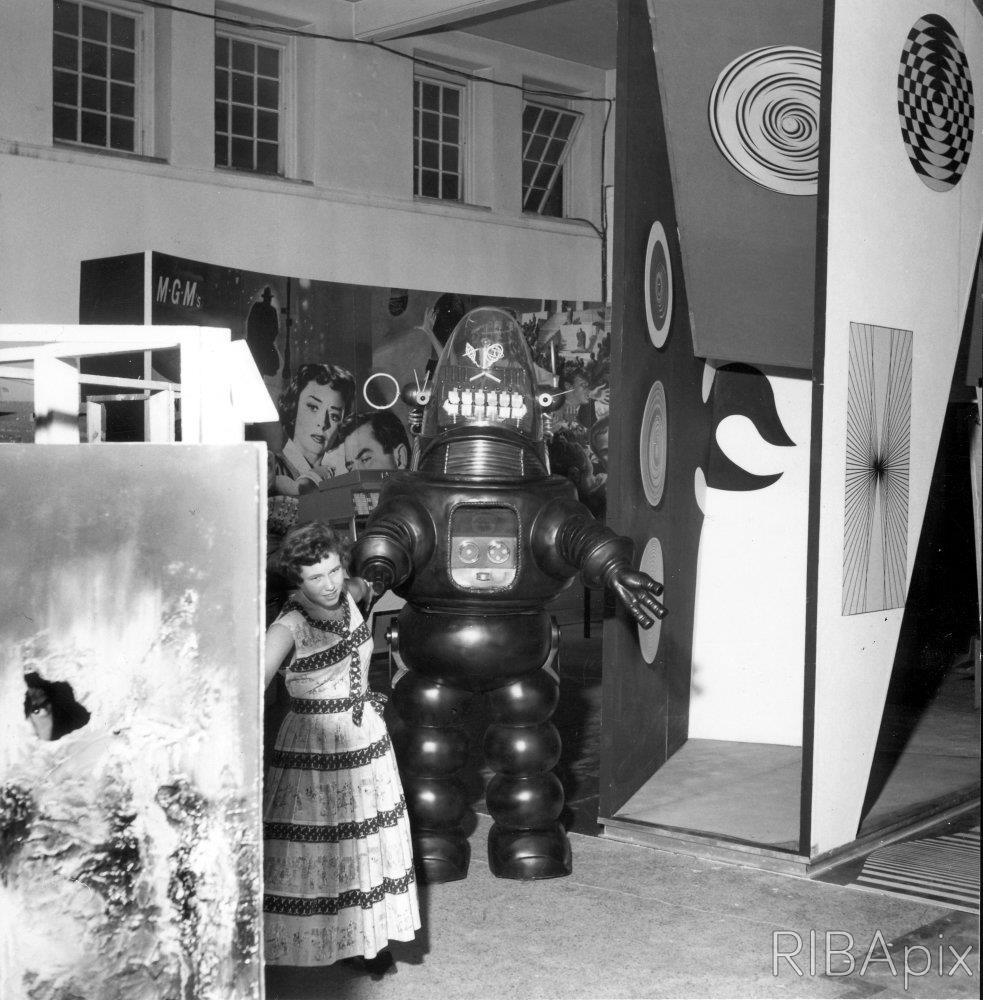
This is Tomorrow
Whitechapel Gallery, London
9th August – 9th September 1956
The idea of an exhibition that celebrated a Modern post-war Britain was first suggested by Theo Crosby. It brought together all disciplines, artists, architects and writers. The final exhibition was a collaboration with the Independent Group and brought together 38 people in 12 groups, their plan was to create one piece of art. Today we are familiar with the notion of a multi-disciplinary collaborative venture of this type but this was groundbreaking.
This is Tomorrow, 1956:
The twelve groups:
Group One. Theo Crosby, Germano Facetti, William Turnbull, Edward Wright.
‘exhibit featured a prefabricated space-deck roof with the space modulated by plastic sheets and plywood’.
Group Two. Richard Hamilton, John McHale, John Voelcker.
Popular culture was celebrated with everything from an oversized image of Robby the Robot from the hit film of that year Forbidden Planet, carrying off ‘a scantily clad woman’, Marilyn Monroe in The Seven Year Itch, Vincent Van Gogh’s Sunflower painting. ‘There was even a spongy floor that emitted a strawberry scent when walked on’. Robby the Robot actually attended the grand opening of the exhibition.
Group Three. J.D.H. Catleugh, James Hull, Leslie Thornton.
Group Four. Anthony Jackson, Sarah Jackson, Emilio Scanavino.
Group Five. John Ernest, Anthony Hill, Denis Williams.
Group Six. Eduardo Paolozzi, Alison and Peter Smithson, Nigel Henderson. Group 7: Victor Pasmore, Erno Goldfinger, Helen Phillips.
The ‘summerhouse of the future’ was created by Eduardo Paolozzi. ‘Essentially it was a rather crude shed-like structure containing photos by Nigel Henderson’s collage ‘Head of Man’ surrounded by a sand patio and collected objects scattered around.
Patio and Pavillion: The group explained that this was symbolic of ‘all human needs’
Alison and Peter Smithsons’ created the House of Future. In the 1956 Ideal Home Exhibition, they experimented with the same idea in reverse with ‘rooms arranged around a central patio garden’.
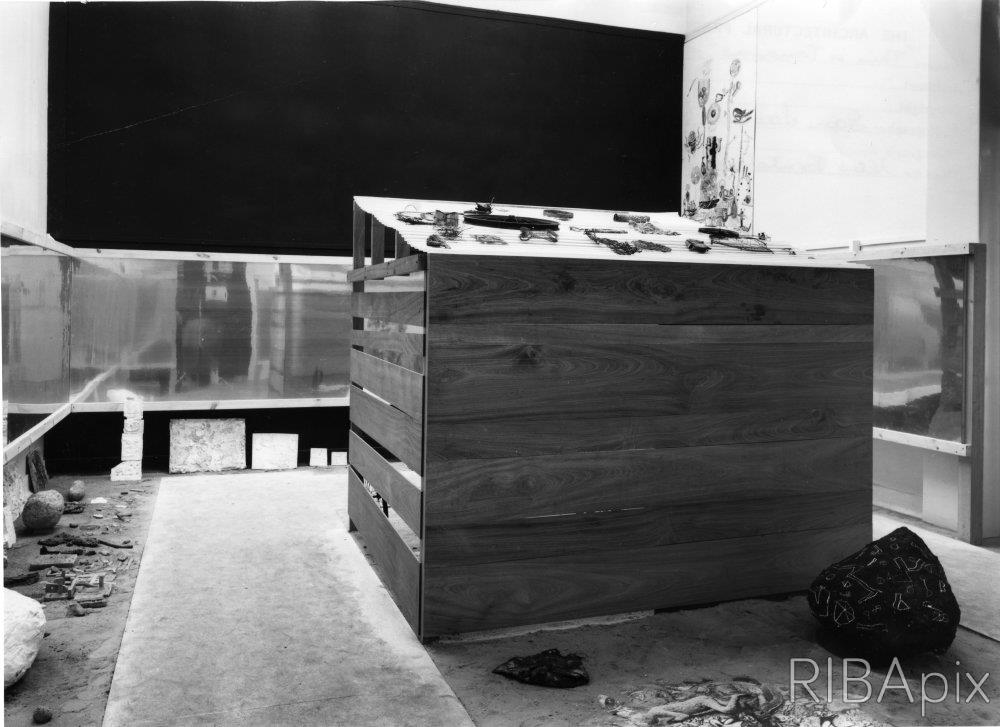
Group 6 Image Architectural Press Archive / RIBA Collections
Group Seven. Victor Pasmore, Erno Goldfinger, Helen Phillips.
‘The architect Ernö Goldfinger provided the setting of free-standing walls at right angles to each other for Victor Passmore’s artwork and Helen Phillips’ sculpture.
Group Eight. James Stirling, Michael Pine, Richard Matthews.
Created a bubble sculpture
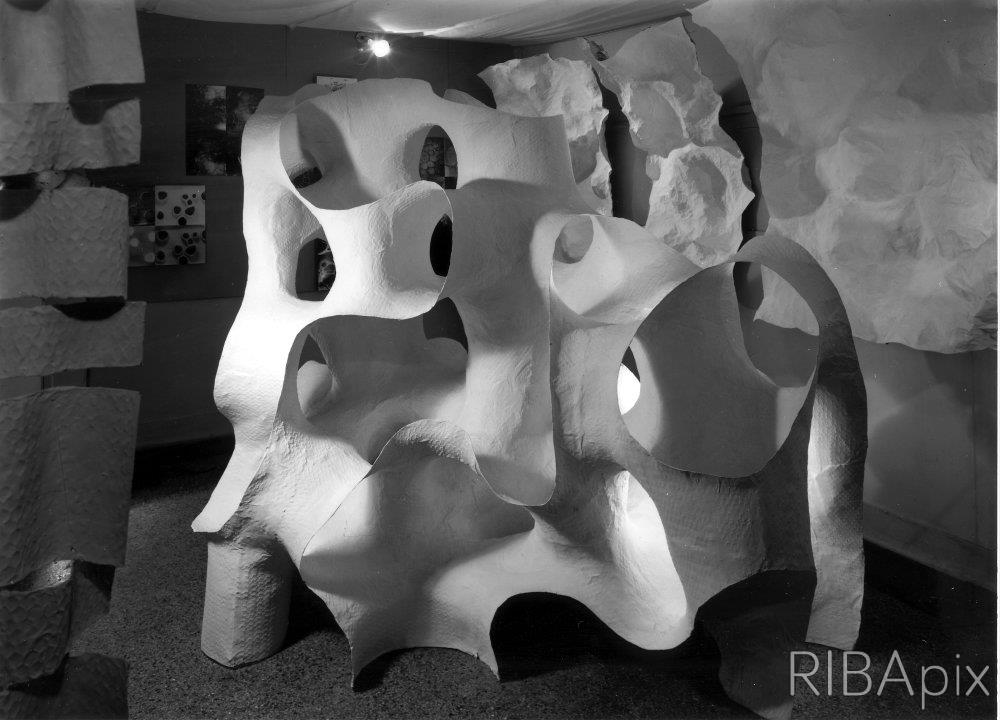
Group 8: This is Tomorrow Image John Maltby / RIBA Collections
Group Nine. Mary Martin, John Weeks, Kenneth Martin.
Group Ten. Robert Adams, Frank Newby, Peter Carter, Colin St.John Wilson.
‘ Quite probably influenced by Le Corbusier’s chapel, Notre Dame du Haut, Ronchamp which was completed the year before in 1955, their ‘sculpture-corridor’ was most successful in its synthesis of architecture and sculpture.’
Group Eleven. Adrian Heath, John Weeks.
A wall of concrete blocks
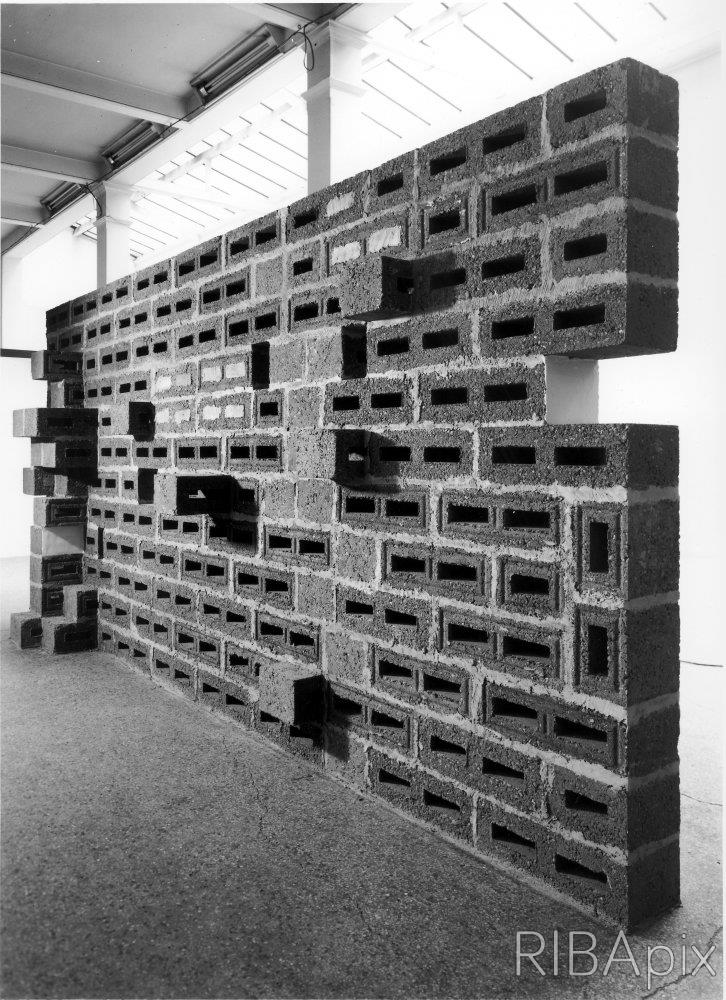
Group 11 Image John Maltby / RIBA Collections
Group Twelve. Lawrence Alloway, Geoffery Holroyd, Tony del Renzio.
Extracts of descriptions of the activities of each group with thanks to Riba. For the full description link
Header image with Robbie the Robot with thanks to Architectural Press Archive / RIBA Collections




